I'm a photographer and have limited knowledge about electronics.
recently I saw this circuit:
 which is explained here
I tried to Build it, it works fine on my laptop jack, but does not work on my android smartphone jack. I guess it's because of low output signal voltage (less than 0.6V) as explained in this case.
since I only have lm386 IC in my stuff an it's important to keep circuit size as small as possible, I am wondering if there is a way to use just one lm386 IC to amplify both channels without any change in output infrared signals?
please guide me how to design my circuit.(with one or two ICs)
Thanks
which is explained here
I tried to Build it, it works fine on my laptop jack, but does not work on my android smartphone jack. I guess it's because of low output signal voltage (less than 0.6V) as explained in this case.
since I only have lm386 IC in my stuff an it's important to keep circuit size as small as possible, I am wondering if there is a way to use just one lm386 IC to amplify both channels without any change in output infrared signals?
please guide me how to design my circuit.(with one or two ICs)
Thanks
Asked
Active
Viewed 1,815 times
0
2 Answers
0
All you need to do is have a simple "bias" on the base of the transistors in your circuit. This would basically "pull them up" to have a higher average value; say 0.5 volts, and a capacitor to couple with the bias. So when the alternating waveform from one of your jacks goes say between +/-0.6v, the transistor would see +1.1 to -0.1v. The circuit would look like this:

simulate this circuit – Schematic created using CircuitLab
Jodes
- 5,044
- 9
- 48
- 75
-
Thank you Jodes, your second edition is more understandable – Zanyar Apr 27 '15 at 23:30
-
Dear Jodes, When I connect the circuit to my phone's jack, it shows some malfunctions in touchscreen (random taps without my Interference) do you know what should I do? I used two 1N4007 diodes for each channels and its ok to connect them to circuit but when connect the ground wire, malfunction starts! any suggestions? – Zanyar Apr 30 '15 at 17:33
-
Hmm... that's a bit worrying. I'm not entirely sure how you're saying you've connected your diodes, perhaps you could draw a circuit diagram? It definitely shouldn't have an effect like that on the screen. Could you give a complete circuit diagram of everything that connects via the jack, including diodes, and anything else? I'm worried you are shorting the jack, or worse. It's worth re-checking your wiring as well. – Jodes May 01 '15 at 09:05
-
I replaced my AC-DC adapter with a battery and everything works great!(no need to rectifier) thank you – Zanyar May 01 '15 at 19:03
0
Try this...

simulate this circuit – Schematic created using CircuitLab
Note that GND is not the bottom of the circuit, but instead connects between R3 and Q3.
Zulu
- 1,905
- 12
- 13
-
I should note that the resistor values chosen for R1 and R2 are optimal for a 9V battery, but if you're using a 3V they'll be pretty sub-optimal. For 3V, change R1 to 47Ω and change R2 to 1kΩ. – Zulu Apr 27 '15 at 19:34